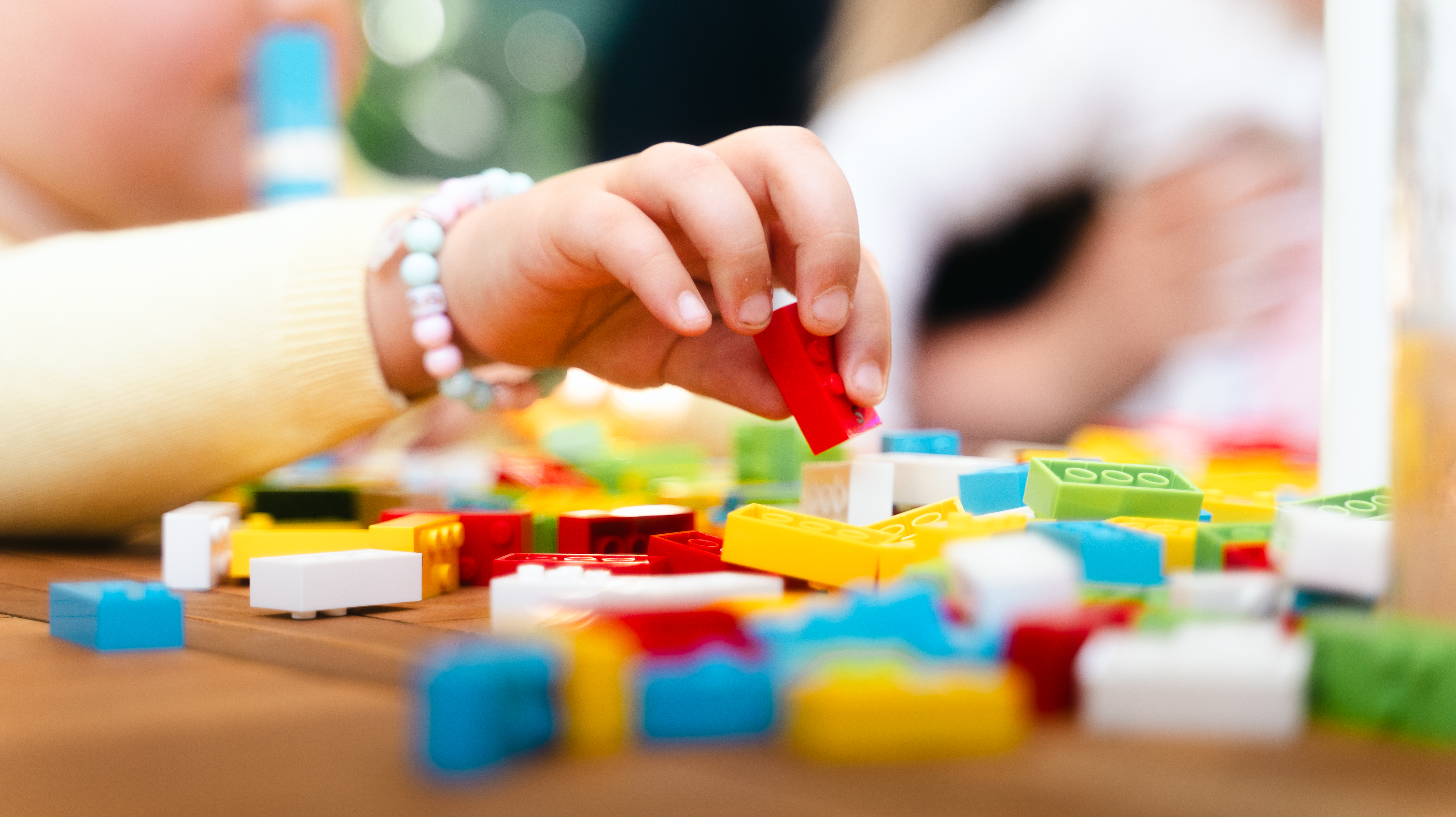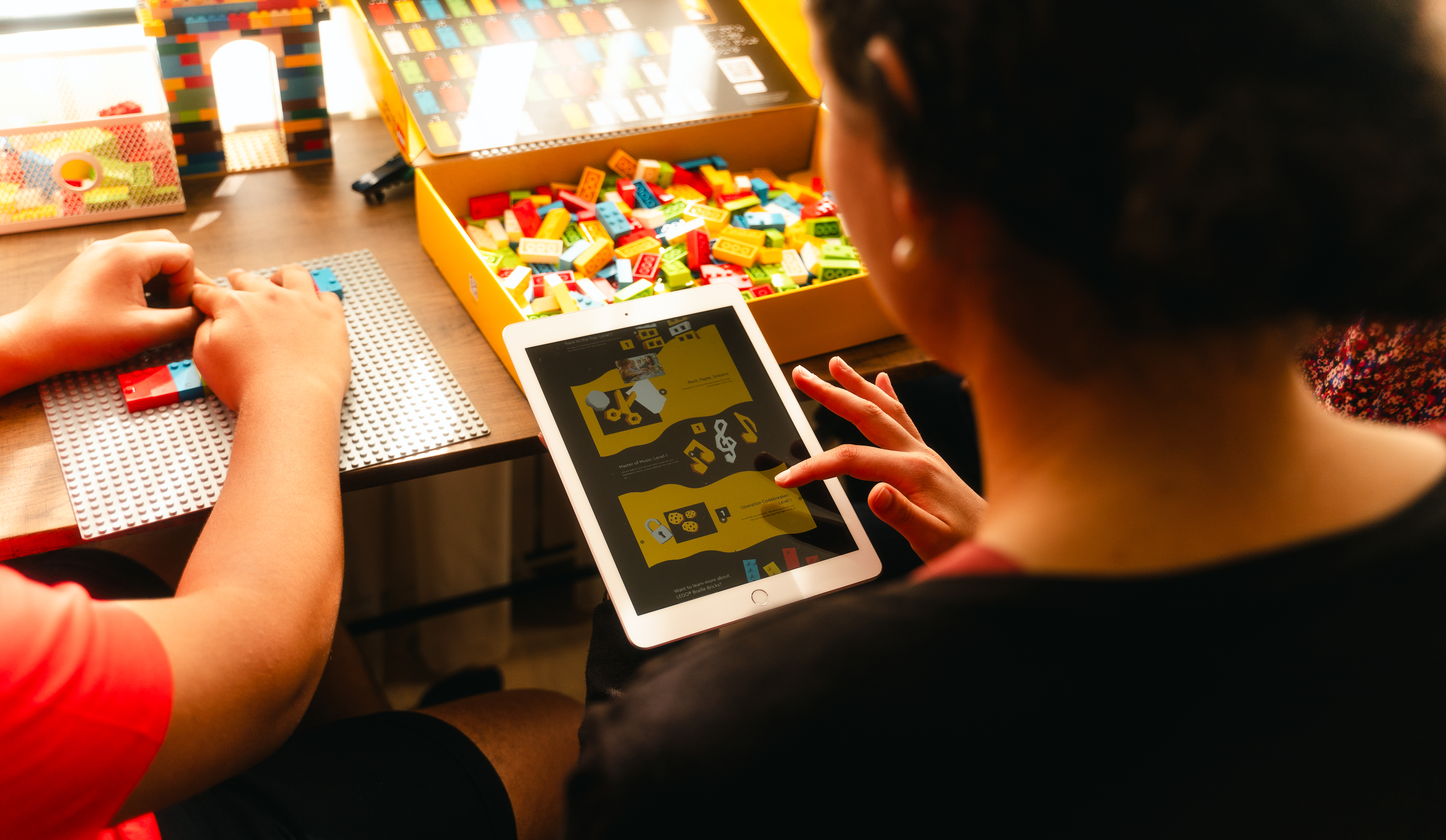- OT
- Science and vision
- Technology
- Lego to launch braille bricks kit for home use
Lego to launch braille bricks kit for home use
Since introducing braille brick kits for educational organisations in 2020, the company has been “inundated” with requests to make them more widely available

24 August 2023
Lego Group will make its braille bricks available for purchase for the first time.
Lego Braille Bricks – Play with Braille has been designed for children aged six and older, to support those interested in braille to learn the system at home with family members in a playful way.
Previously, the braille bricks were only distributed free of charge to organisations specialising in educating children with vision impairment.
The toolkits were launched in 2020 in the UK through a partnership of the Lego Foundation and the Royal National Institute of Blind People (RNIB)
Since the launch, the company shared that the Lego bricks had received a positive reception in educational settings, with Rasmus Løgstrup, LEGO Group lead designer on Lego Braille Bricks, commenting: “We’ve been inundated with thousands of requests to make them more widely available, so we just knew we had to make it happen.”
The kit available for home use, Lego Braille Bricks – Play with Braille, includes 287 bricks with studs arranged to correspond to the numbers and letters in the braille system, along with a printed version of the symbol.
The bricks come in five colours: white, yellow, green, red, and blue, and are compatible with other Lego products.
The set also includes two baseplates to build on, and the packaging features braille embossing.

Describing braille as an entry to independence and inclusion, Abel-Williamson added: “to have Lego Braille Bricks made available for the wider public is a massive step forward to ensuring more children will want to learn braille in the first place. And because it’s based on a product that so many families already know and love, this is really an invitation for all family members to have fun building tactile skills and getting familiar with braille using the same tool.”
Lego has created a series of supporting play starters online to aid pre-braille skill development by teaching players how to orient, attach, and stack bricks through games such as Rock, Paper, Scissors.

Lisa Taylor, whose seven-year-old, Olivia, first experienced the braille bricks at school, said: “They had such a big impact on her curiosity for braille.”
“To have a set at home changes everything,” Taylor continued, explaining that the family can play with braille together, while: “Lego Braille Bricks are accessible for her without being really different for other kids, so she gets to play and learn just like every other child.”
The Lego Group has partnered with the free mobile app Be My Eyes, through which Lego Customer Service colleagues will provide confidential, live visual assistance.
The set is available for pre-order ahead of the 1 September launch.
In a social media post, RNIB shared: “We’re excited to reveal that we’ve collaborated with Lego on their Braille Bricks, which are now available for families to play with at home. With supporting games for all ages, the new Lego Braille Bricks make learning braille more fun and accessible to the whole family.”
The Lego Foundation will continue to distribute the educational kits free of charge through partnering national blindness associations and other organisations, and will also continue to carry out research.
Meanwhile, the Group has also confirmed that Lego audio and braille building instructions will become a permanent offering.
Inspired and co-developed by the entrepreneur, Matthew Shifrin, who is blind, this provides the option of having select instructions available in an audio or text format for braille readers.


Comments (0)
You must be logged in to join the discussion. Log in